DROPS Flora
Everyday comfort in alpaca and wool
from:
2.09€
per 50 g
Content: 65% Wool, 35% Alpaca
Yarn Group:
A (23 - 26 stitches)
/ 4 ply / fingering
Weight/length: 50 g = approx 210 m
Recommended needle size: 3 mm
Knitting tension: 10 x 10 cm = 24 sts x 32 rows
Care: Hand Wash, max 30°C / Dry Flat / Feltable
Superwash: no
Made in: Peru
Raw material origin: Wool from South America
This yarn has an Oeko-Tex® certification (certificate number 23.HPE.36896), Standard 100, Class II from the Hohenstein Institute. This means that is has been tested for harmful substances and is considered safe in human-ecological terms. Class II means the yarn is suitable to come in direct contact with the skin to a large extent, such as blouses, shirts, mattresses, etc.
Made from 65% wool and 35% superfine alpaca, DROPS Flora is a thinner version of the popular DROPS Lima - the perfect everyday, comfort yarn.
Warm, comfortable and with good shape stability DROPS Flora gives lovely results with texture and cables and well as in multi-coloured designs (the colour pairings are fantastic), like Nordic patterns, blankets and more.
Read more about our products' sustainability here
Please be aware that the colours shown may vary from screen to screen in the same way that shades may vary slightly from dye lot to dye lot.
How do I care for this yarn?

Hand Wash, max 30°C / Dry Flat
First of all, consider just airing the garment, instead of washing it. If you still desire to wash it, here are some guidelines:
- Hand wash at 30ºC - separately - with wool detergent without enzymes or optical brighteners.
- Don’t let the garment soak. Move the garment gently back and forth, do not rub or squeeze it.
- Rinse the garment until the rinse water is completely clear, making sure the water temperature stays uniform.
- Do a light centrifugation of the garment (about 800rpm), choosing a program that DOES NOT take in water at the start. Or press carefully the water out of the garment with a dry towel. The garment shouldn’t be twisted or rolled.
- To dry the garment, shape it and lay it flat - do not hang - ideally on a warm bathroom floor or on top of a drying rack in a room with good air circulation. Never dry the garment in direct sunlight.
- Don’t tumble dry.
- Never iron the garment directly. Use always a damp cloth between your steaming iron or regular iron and the garment.
Note: If you are washing a project made with this yarn combined with another, the general guideline is to follow the washing instructions for the most delicate of the yarns you are working with.
Thinking about felting this yarn?
See how this yarn looks before and after felting:
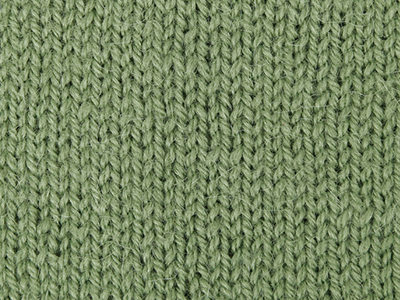
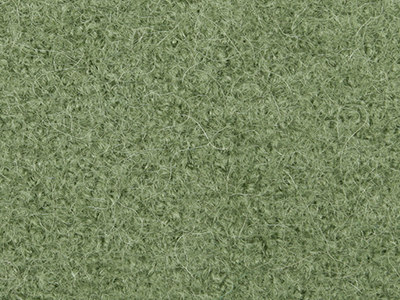
Needles: 3.00 mm
Before: 24 sts x 32 rows
After: 26 sts x 42 rows
Do you have a question about this yarn?
See a list of frequently asked questions (FAQ) about our yarns.
1) What type of fibers make the DROPS yarns?
Yarn can be made from a large number of natural and synthetic fibers. DROPS carries mainly yarns made from wool, cotton, alpaca, linen, mohair and silk. Each fiber type has its own qualities, and they are often mixed to take advantage of the best properties of each one. Coarse yarn has the advantage of being stronger and more durable, and finer fibers offer more softness and comfort. Here a bit about the main fibers we carry:
Alpaca:
Alpaca fleece is the natural fiber harvested from an alpaca, and it is similar in structure to sheep wool fiber. Its softness comes from the small diameter of the fiber, similar to merino wool. It is a soft, durable, luxurious and silky natural fiber. Yarn made from alpaca fibers does not felt or pill easily, and it can be light or heavy in weight, depending on how it is spun. While similar to sheep’s wool, it is warmer, not prickly, and has no lanolin, which makes it hypoallergenic. Alpacas come in 22 natural colors, with more than 300 shades from a true-blue black through browns-black, browns, white, silver and rose-greys.
Mohair:
This fiber comes from the Angora goats, and it's considered a luxury fiber. Mohair yarn is warm as wool, but much lighter in weight; it is durable, dyes well and does not felt easily. Mohair fibers have also a distinctive luster created by the way they reflect light. Despite being a hard fiber, mohair is usually spun into a very fluffy yarn, resulting in airy and lustrous garments.
Wool:
The wool fibers come from the skin of sheep and are relatively coarse fibers. Two striking characteristics of wool are its susceptibility to heat and its felting property, which is caused by the scales on the surface. Depending upon the breed of sheep, the appearance of the wool varies.
Wool from Merino sheep is considered the finest type of wool, having as characteristics that is finely crimped and soft. All the Merino wool in the DROPS yarns has its origins in South America, coming from sheep that have not been subject to Mulesing.
Pure new wool is wool made directly from animal fleece, and not recycled from existing wool garments.
Machine washable wool is wool treated chemically to minimize the outer fuzzy layer of the fibers, and be therefore fitable for machine wash (see Superwash).
Silk:
The silk fiber is a fine continuous fiber produced from the cocoon of a moth caterpillar known as the silkworm. While silkworm is cultivated, the wild or tussah silk is obtained from uncultivated silkworm cocoons. Silk fiber is one of the strongest natural fibers and makes a wonderful knitting yarn. It blends really well with other fibers, especially wool. Silk also dyes beautifully with natural dyes.
Vegetable fibers:
There are several varieties of vegetable fibers, found in the cell walls of plants or vegetables. Of all the varieties, two are recognized as major knitted or textile fibers. They are cotton and linen.
Cotton is the fiber surrounding the seeds in a cotton pod, and it is almost pure cellulose. Cotton is usually white in color but there are green and brown varieties as well. The cotton fiber is most often spun into yarn or thread and used to make a soft, breathable textile that is good for summer clothing and accessories, making a weaker yarn than silk or linen but stronger than wool.
Mercerized cotton is cotton that has been through a mercerization treatment. This treatment gives cotton fabrics and threads a lustrous yarn that is more lustrous than conventional cotton. It is also stronger, takes dye a little more readily, makes the yarn more resistant to mildew and reduces lint. It also may not shrink or lose its shape as much as "regular" cotton.
Linen is a fiber derived from the stalk of the flax plant that is durable and stronger than any other fiber. The linen fiber is relatively soft, straight and lustrous and becomes more beautiful with age. Linen is more comfortable to wear in hot temperatures than cotton, due to the fact that it absorbs moisture better and dries more quickly.
Other materials used in our yarns include synthetic fibers such as acrylic, viscose, polyamide (nylon) and polyester. These fibers are used mostly to give strength to a yarn (like our sock yarn, DROPS Fabel) or a special kind of structure (like our blown yarn, DROPS Air).
The polyamide fibre, commonly known as nylon, is very strong, durable, lightweight, easy to care for (can be machine washed and dried), and elastic, which makes it perfect for blending with other fibres to produce hard-wearing yarns like sock yarn.
Compared to polyester, polyamide is softer and more flexible, but it also absorbs more water and dries slower.
3) What type of information can I find on the DROPS yarn labels?
All DROPS yarn labels include information about fiber content (wool, cotton, etc.), weight in grams and ounces, length in meters and yards, washing instructions and symbols (explained here), color number, dye lot number and yarn group information.
4) What are the DROPS yarn groups?
All DROPS yarns are classified into 6 different thickness groups (A to F). Yarns in a same group have similar knitting tension/gauge, and can therefore be interchanged in patterns; however the length may be different, so when substituting always calculate the amount of meters/yards needed for the pattern to know the amount of yarn you need to get.
5) Can I use a different yarn than the one mentioned in the pattern?
Yes, as long as the yarn can be worked in the same knitting tension/gauge. Always swatch to make sure you get the same number of stitches in width and rows in height as given in the pattern.
Remember that different yarns with different textures, will give the garment different looks. The yardage/length may also be different, so when substituting always calculate the number of yards needed, in order to know the amount of yarn you need.
Read more about how to calculate the amount of an alternative yarn - and how to replace 1 thread of a yarn with 2 or more of another, here.
6) What does it mean when a yarn is “Superwash”?
A superwash wool is a special wool product that has been treated or processed in a way that allows it to be machine washable. Many people are afraid to work with wool because it is so easy to shrink (though some shrink wool on purpose) and superwash wool can allow them to work with great fibers without worry. (Read more here).
7) What does “Oeko-Tex® certified” means?
The Oeko-Tex® Standard 100 was introduced at the beginning of the 1990s as a response to the needs of the general public for textiles which posed no risk to health. The Oeko-Tex® Standard 100 is a globally uniform testing and certification system for textile raw materials, intermediate and end products at all stages of production. The test for harmful substances comprise substances which are prohibited or regulated by law, chemicals which are known to be harmful to health, and parameters which are included as a precautionary measure to safeguard health.
For more info go to www.oeko-tex.com
10) How accurate are the colours on the shade cards online?
When obtaining images for the shade card, we do our best to achieve the highest level of color accuracy. Unfortunately, we cannot guarantee how images will appear on your computer screen. Every monitor displays color differently, some colors might look darker than they really are, and some colors might be more saturated on some screens. If you experience that many of the yarn colors looks different on your screen than the actual color of the skeins, you can adjust the setting on your monitor.
11) What is a micron? What does super fine / extra fine mean?
The fineness of yarn fibers is measured in microns (thousands of millimeters). Super fine alpaca wool is 26-28 microns. Fine merino wool is less than 21.5 microns and extra fine merino is under 19.5 microns. The less microns the softer and more delicate a quality can be, the more microns the more hard wear the quality will be.
The reason why the microns in a yarn’s fibers are important is that the yarn will eventually become something else, and how delicate or coarse a yarn is will determine in part what we use it for. That’s why we recommend the softest yarns (like DROPS Baby Merino) for baby clothing, or why we choose to use a more hard wear yarn like DROPS Snow, for a seating pad or slipper.
12) Why are the colours in my skeins of print yarn different?
The reason why two skeins of a same print yarn look different can be 1) that both skeins are part of different dye lots; 2) that the skeins have been dyed using a technique called "magic print" (the one used for example in DROPS Delight), which provides unique patterns and smooth colour transitions to each skein, meaning also that within one dye lot, lighter or darker varieties might appear. This is no fault or defect, but part of the yarn's character.
13) My store doesn’t have the colour I want, what can I do?
If your DROPS store doesn’t have the yarn colour you want, try contacting a DROPS Super Store (the ones with the golden badges) - they will make sure to get a hold of the colour even if they don’t have it in stock themselves. See a list of all DROPS stores here.
14) Where can I find a specific dye lot of a colour?
Always try contacting your DROPS store first. If they do not have the dye lot you want we recommend you to ask other knitters and crocheters in the DROPS Workshop in Facebook or Ravelry, which may have the dye lot in their stash and might be willing to part from it.
Yarn sheds because there's not enough twist to hold all of the fibers together. All yarns have excess fibers (from production) that might come off as lint or shedding, in varied degrees that depend on how the yarn is spun. Brushed yarns ("hairier" yarns) like DROPS Melody, have more of these loose fibers than other yarns, and therefore shed more. Shedding also depends on what is worn under or over the garment, and whether this pulls at the yarn fibers. It’s therefore not possible to guarantee that there will be no shedding.
Below are some tips on how to get the best result when working with hairier yarns:
- When the garment is finished (before you wash it) shake it vigorously so the looser hairs come off. NOTE: do NOT use a lint roller, brush or any method that pulls at the yarn.
- Place the garment in a plastic bag and put it in your freezer - the temperature will cause the fibers to become less attached to each other, and excess fibers will come off easier. Leave in the freezer for a few hours before taking it out and shaking it again.
- Wash the garment according to the instructions on the yarn label. Garments worked with hairier yarns usually need to be shaken once dry after washing, so that the hairs rise and any excess fibers can come off.
Pilling is a natural process that happens to even the most exclusive of fibers. It's a natural sign of wear and tear that is hard to avoid, and that is most visible in high friction areas of your garment like a sweater's arms and cuffs.
You can make your garment look as new by removing the pilling, using a fabric comb or a pill/lint remover.
How can I replace this yarn?
If you are looking to replace this yarn with another DROPS yarn, you can use another yarn within the same yarn group, or try our yarn converter!
Other yarns in Yarn Group A
Read more about replacing yarn.Have a problem with the DROPS yarn you purchased?
When you purchase yarn from the shade cards or patterns on our site, you are not buying directly from DROPS but from one of the hundreds of DROPS stores around the world. It is therefore important that you take contact with the DROPS store where you bought the yarn, and that you save the labels of all the skeins you purchased (they are your warranty).
The DROPS store you contact will assist you and escalate the claim if necessary. Find a list of DROPS stores here.
Comments / Questions (170)
![]() Ilse Baetz wrote:
Ilse Baetz wrote:
In Spanien sind die Nummern 10 und 19 von Drops Flora nicht mehr erhältlich wie kann ich sie aus Deutschland bekommen?
22.10.2020 - 14:29DROPS Design answered:
Liebe Frau Baetz, hier finden Sie die Liste von den DROPS Läden, die nach Spanien senden - dort finden Sie deutsche Läden. Viel Spaß beim stricken!
22.10.2020 kl. 15:37
![]() Jannie Roug wrote:
Jannie Roug wrote:
Drops Flora er det velegnet til babyer?
04.10.2020 - 13:15DROPS Design answered:
Hei Jannie. Ja, du kan fint bruke DROPS Flora til baby. Du finner mange baby oppskrifter i garngruppen A som Flora tilhører. mvh DROPS design
05.10.2020 kl. 08:31
![]() Ilse Baetz wrote:
Ilse Baetz wrote:
Necesito del hilo Flora Nro 10 , 4 madejas como los solicito ya que este hilo en la tienda chicas de punto está agotado
01.10.2020 - 12:20DROPS Design answered:
Hola Ilse. Nosotros no tenemos información del stock, ni vendemos la lana. Aquí tienes el link de las tiendas que venden Flora en España: https://www.garnstudio.com/yarn.php?show=drops-flora&cid=23.
15.11.2020 kl. 19:47
![]() Ghislaine Asselin wrote:
Ghislaine Asselin wrote:
I desperatly need 1 to 2 balls of this yarn to finish my project FLORA Colour 01 dyelot 7E6928 are you able to help me find some? Dye lot is not so important
25.08.2020 - 22:21DROPS Design answered:
Dear Mrs Asselin, please contact your DROPS store or any store shipping to your country - you can also ask in our DROPS Workshop if any other knitter could help you. Happy knitting!
26.08.2020 kl. 08:46
![]() Vivien wrote:
Vivien wrote:
Jullie gebruiken flora voor sokken maar ik zie dat er helemaal geen polyamide inzit. Kan dat dan wel voor sokken worden gebruikt?
26.07.2020 - 22:21DROPS Design answered:
Dag Vivien,
Jazeker, dat kan wel. Flora bevat alpaca zodat het extra warm is. Maar je hebt wel gelijk dat polyamide de sokken sterker maakt. Voor een echt sokkengaren kun je dus het beste DROPS Fabel gebruiken.
05.08.2020 kl. 20:56
![]() Tokkie Van Den Heever wrote:
Tokkie Van Den Heever wrote:
Is Drops Flora available in South Africa
04.07.2020 - 21:51DROPS Design answered:
Dear Mrs Van Den Heever, our yarns are available all around the world - see list of DROPS stores shipping worldwide here. Happy knitting!
06.07.2020 kl. 09:44
![]() Marine Barnabe wrote:
Marine Barnabe wrote:
Hi there, I wanted to know whether you can guarantee than all your wool (including the Peruvian Highland wool in the Flora, Lima, and Nepal blends) is from sheep not subjected to mulesing? I know your Merino wool is from non-mulesing sources but I couldn't find anything about the Peruvian wool. Thanks so much! Kind regards, Marine
16.04.2020 - 15:32DROPS Design answered:
Dear Mrs Barnabe, We only work with the biggest and most serious producers in the industry. These are companies that have to follow EU regulations and guidelines regarding the sourcing of raw material, treatment of animals, dyeing techniques, certificates etc. in order to be able to commercialize their product in the European Union. Everything is monitored by the pertinent authorities, not by us. We hope this gives you some sort of answer.
20.04.2020 kl. 15:24
![]() Pia Kokborg wrote:
Pia Kokborg wrote:
Kan man strikke forskellige farver sammen og regne med at farverne ikke smitter af når strikken vaskes?
12.03.2020 - 14:22DROPS Design answered:
Hei Pia. Det skal gå fint, men du kan alltids gjøre en sjekk. Legg litt av garnet du er redd skal farge av i litt vann og la det ligge litt. Se om vannet er blitt farget av. Husk å følge vaskeanvisningen når plagget ved en senere anledning skal vaskes. God Fornøyelse!
16.03.2020 kl. 07:06
![]() Ingunn Borge wrote:
Ingunn Borge wrote:
Er det planer om å produsere i andre farger?
09.03.2020 - 08:53DROPS Design answered:
Hej Ingunn, Skriv hvilke farver du ønsker (gerne med reference til andre DROPS farver), så skal vi prøve at tage hensyn til det næste gang vi bestiller nye farver. Tak :)
01.04.2020 kl. 15:41
![]() Ingunn Borge wrote:
Ingunn Borge wrote:
Liker dette garnet veldig godt, men blir tvunget til å velge annet garn pga lite fargekart å velge i. Kunne ønske meg noe i jordfarger, oker, burgunder i den fargeskala
09.03.2020 - 08:52
![]() Boulart wrote:
Boulart wrote:
Bonjour , Une question. Est ce que le laine Flora bouloche ? merci
15.01.2020 - 15:32DROPS Design answered:
Bonjour Mme Boulart, vous trouverez comment choisir une laine par rapport à son usage ici, suivez attentivement les consignes d'entretien et ces généralités. Votre magasin DROPS aura également d'autres astuces pour vous, même par mail ou téléphone. Bon tricot!
16.01.2020 kl. 09:58
![]() Galu wrote:
Galu wrote:
Was heißt Liefertermin 2 ?
25.12.2019 - 16:08DROPS Design answered:
Liebe Frau Galu, diese Farbe haben wir zur Zeit nicht mehr aber eine neue Lieferung kommt Woche 2 dieses Jahr. Ihr DROPS Laden hat aber diese Farbe immer noch im Stock. Viel Spaß beim stricken!
02.01.2020 kl. 16:36
![]() Gunvor Klevberg wrote:
Gunvor Klevberg wrote:
Jeg har på impuls kjøpt Flora garn, og det virker superdeilig!! Men jeg sliter med å finne oppskrift til herregenser til dette garnet (har søkt rundt etter garngruppe a). Er på jakt etter en "plain" genser med raglan. Noen tips? Hilsen Gunvor
19.10.2019 - 12:21DROPS Design answered:
Hei Gunvor Vi har dessverre ingen plain oppskrift med raglan til herre i garngruppe A, men ønske er videresendt til design avdeling. Har du nok garn, kan du evnt strikke med 2 tråder = garngruppe C. mvh DROPS design
21.10.2019 kl. 08:22
![]() Jonna wrote:
Jonna wrote:
Hi, I have a pattern that suggests Drops Alpaca in Fawn (4010). I can't find this color on your website. Can you suggest a substitution? Thanks!
09.05.2019 - 00:31DROPS Design answered:
Dear Joanna, you will find the color 4010 in Alpaca under its shadecard - the color names are sometimes adjusted - it is called now "light lavender" - Happy knitting!
09.05.2019 kl. 11:14
![]() Lisbeth Whitney wrote:
Lisbeth Whitney wrote:
What is the shade of blue that is featured in your photo with the off white skein? I looked at the color cards and my monitor showed many of the blues had a bit more green and then others were too pale. Thank you!
08.05.2019 - 21:17DROPS Design answered:
Dear Mrs Whitney, it's color 12, turquoise on this photo. Happy knitting!
09.05.2019 kl. 11:34
![]() Birgitte Christensen wrote:
Birgitte Christensen wrote:
Er det absolut 'forbudt' at vaske på uldprogram i maskine? Jeg vasker Drops Lima i maskine uden problemer?
06.03.2019 - 19:09DROPS Design answered:
Hej Birgitte, hvis du er sikker på dit uldprogram og din maskine, så skal det fungere på samme måde som med DROPS Lima :)
03.05.2019 kl. 11:18
![]() Evelien wrote:
Evelien wrote:
Thank you for your quick reply! I would love to see colors like Nepal 0501, 8913, 8905, 8906 (and from the uni colors I really like 8910, 8783, 8911). Drops Flora is my go to yarn (it's so nice to knit with and so soft to wear), but at this moment I am out of new coloroptions and I would like to add some new colors to my wardrobe :D
07.02.2019 - 21:56
![]() Evelien wrote:
Evelien wrote:
I really love this yarn, especially the mixed colors. I would love to see a wider color pallet like Nepal. Are you planning on adding any colors any time soon?
02.02.2019 - 21:08DROPS Design answered:
Dear Evelien, you are welcome to suggest your colours there. Happy knitting!
04.02.2019 kl. 15:00
![]() Thea Paulsen wrote:
Thea Paulsen wrote:
I really like this yarn, but I have already knitted in the interesting colours and for multi-coloured projects, the diversity is simply not versatile enough. I would love some nice greens, blues and pinks.
07.01.2019 - 18:39DROPS Design answered:
Dear Mrs Paulsen, thanks for your suggestions. Happy knitting!
08.01.2019 kl. 09:43
![]() Paula wrote:
Paula wrote:
Hi, can I use Drops Flora on baby newborn clothes??
25.12.2018 - 01:51DROPS Design answered:
Dear Paula, yes, this yarn can be used for babies. Happy knitting!
03.01.2019 kl. 16:04
![]() Liv Dahlseng Østebø wrote:
Liv Dahlseng Østebø wrote:
Jeg holder på å strikke med deilige Flora. Det er nytt for meg, men jeg kjøper det gjerne igjen. Men dere må seriøst gjøre noe med det som står på banderolen. Det er vel ikke mulig å oppnå 24/10 i strikkefasthet. Jeg får 32/10 på pinne 3. Og jeg bruker ikke ha sånne problemer. Hører andre har lignende opplevelser med de tynne garnene deres. Kan det bety noe om man strikker norvegian eller continental?
21.09.2018 - 19:47
![]() Ana wrote:
Ana wrote:
Me gustaría comentar, por si a alguien le sirve de ayuda, que la muestra de 24x32 la consigo con agujas de 3,75 mm. Con agujas de 3 mm consigo 26x40. Saludos.
01.09.2018 - 11:32
![]() Heidi DeWalt wrote:
Heidi DeWalt wrote:
I have just started using this yarn and I love it. I asked recently about whether you plan to add more colors and you asked for suggestions. It would be great if it was available in all the beautiful colors as Nepal. Is there any chance this may happen? It is such a perfect yarn for colorwork but sadly the selection is limited.
29.08.2018 - 19:54DROPS Design answered:
Thank you so much for your feedback on DROPS Flora. We have added new colors for this yarn and most likely in the future there will be more colors. Do check our site our sign our newsletter for updates on our yarns.
30.08.2018 kl. 11:04






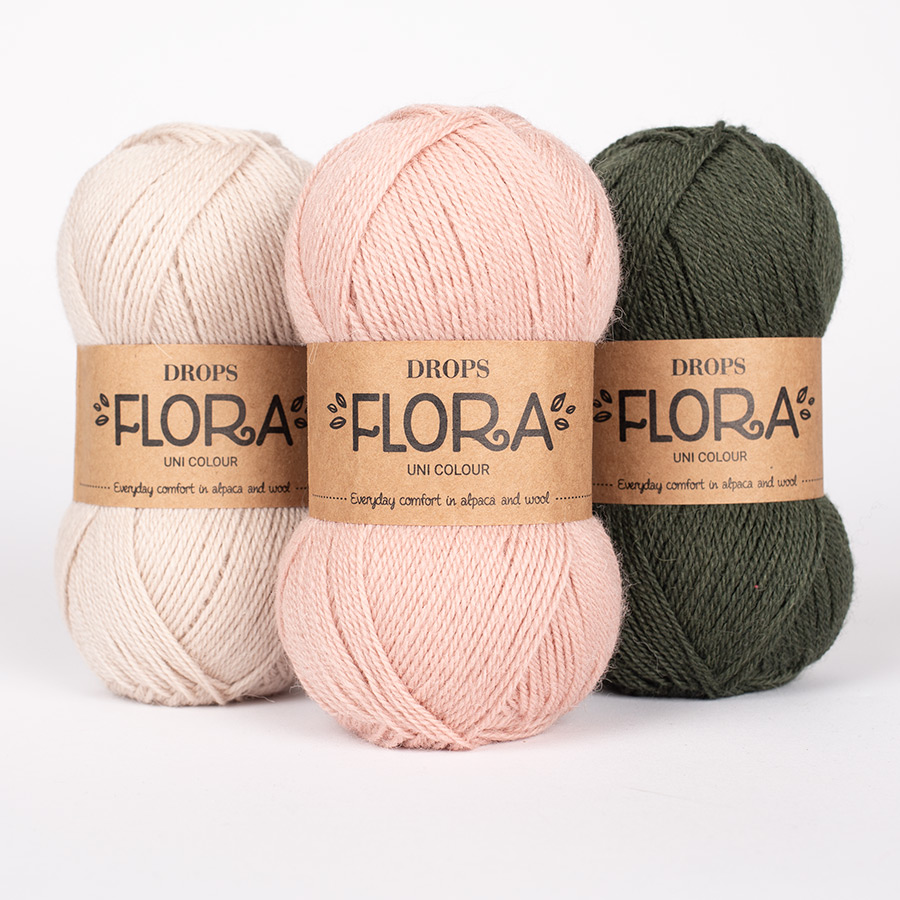

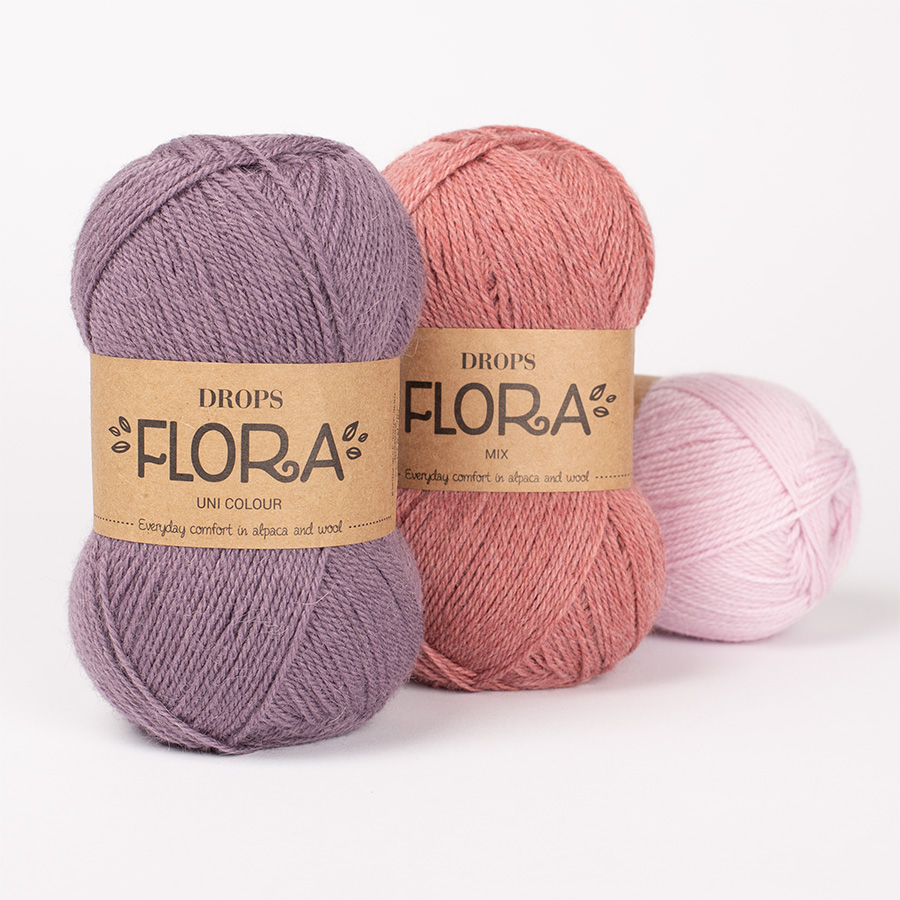
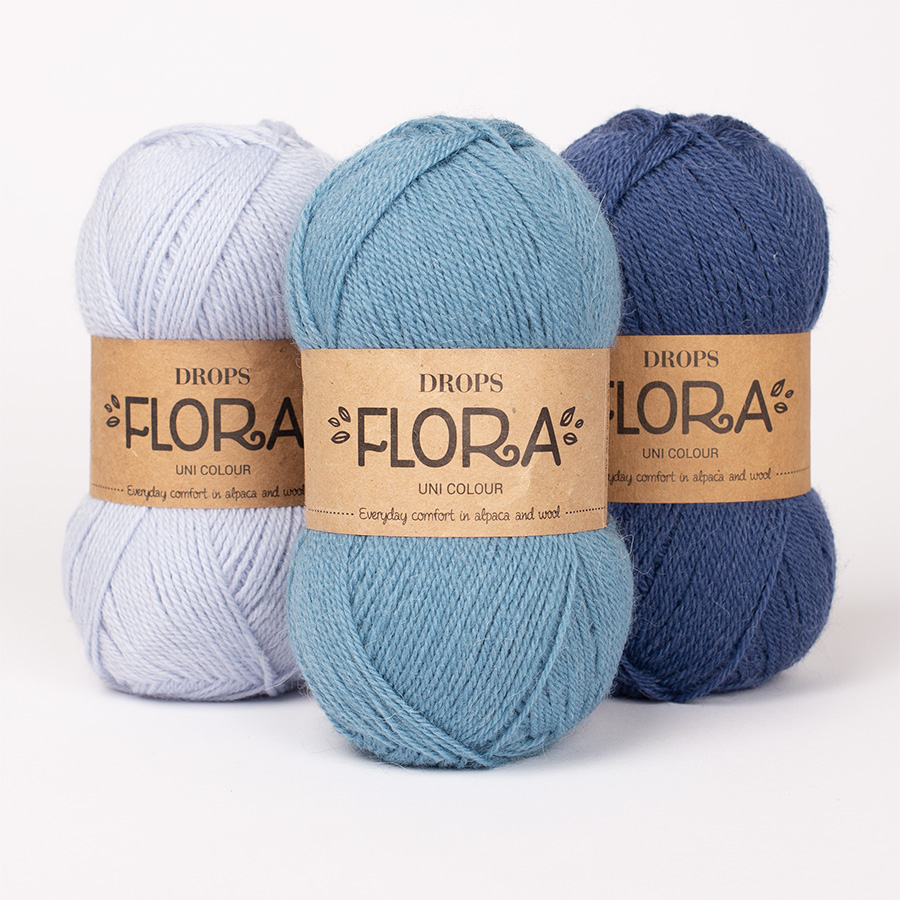
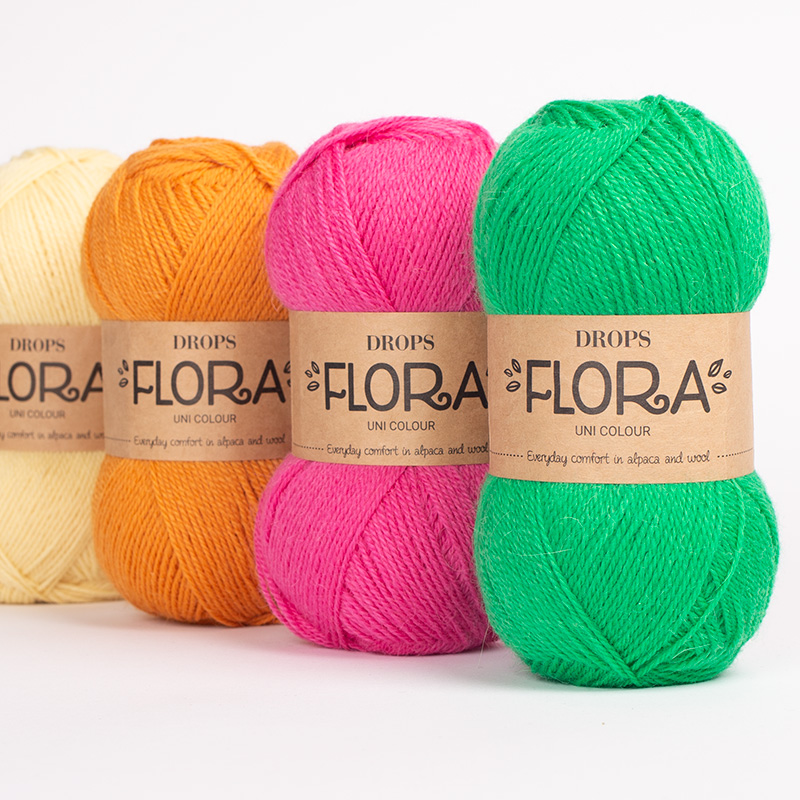
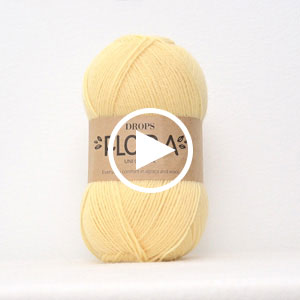





























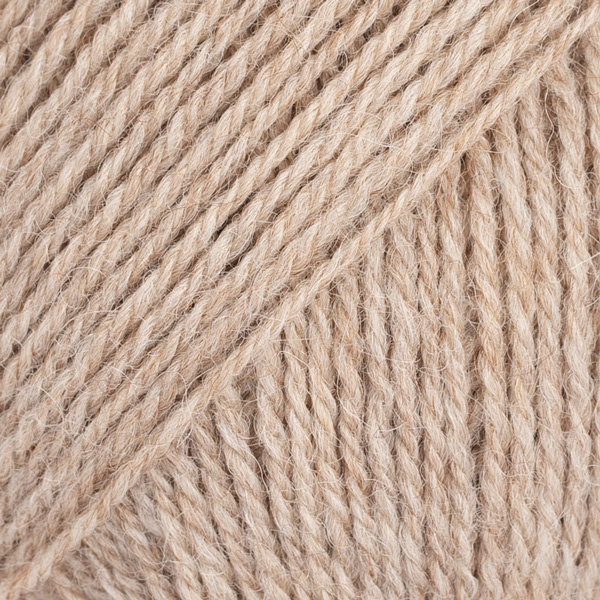
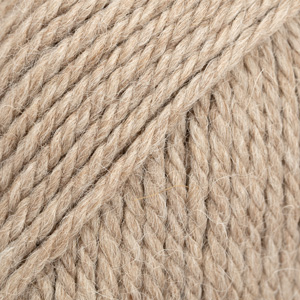

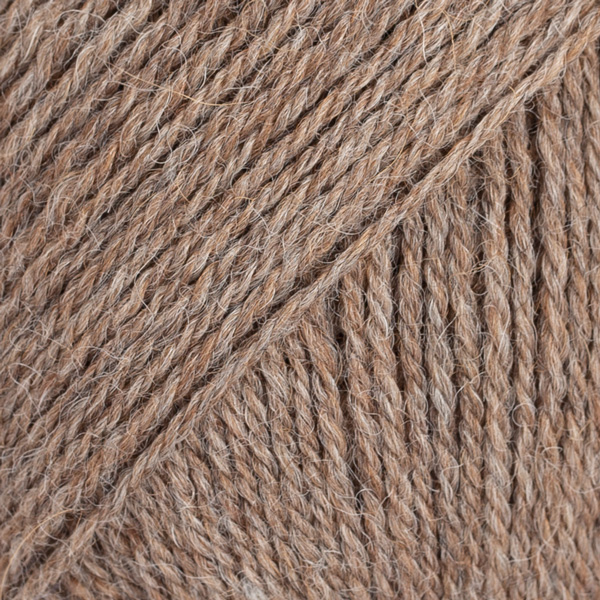
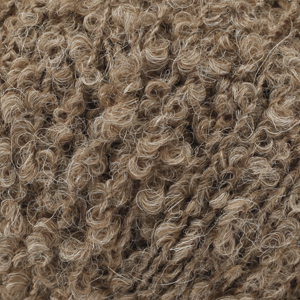










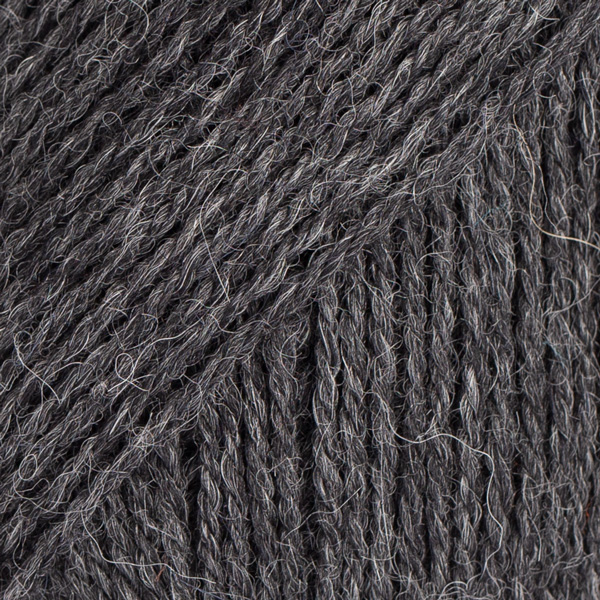

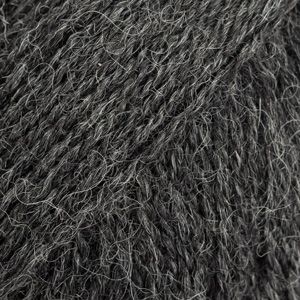






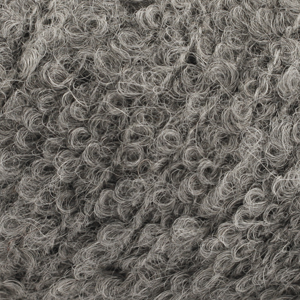








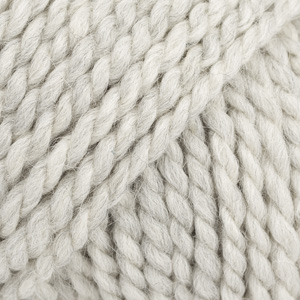













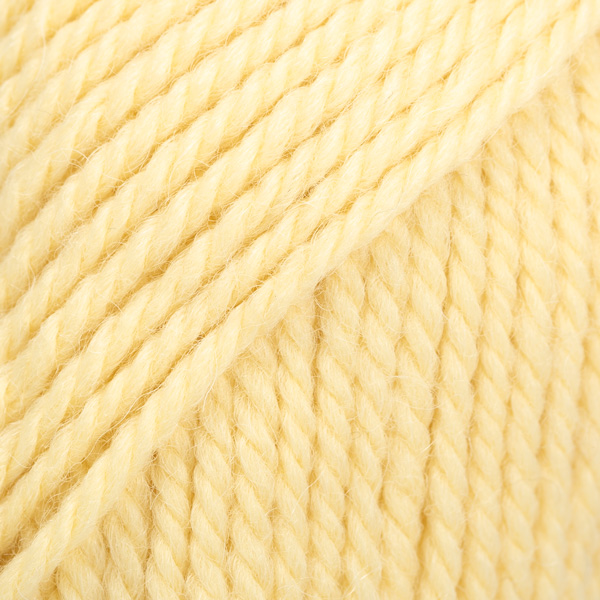















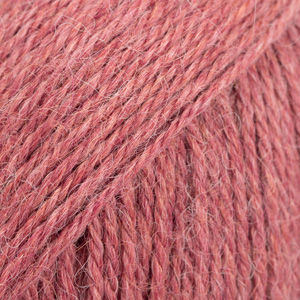











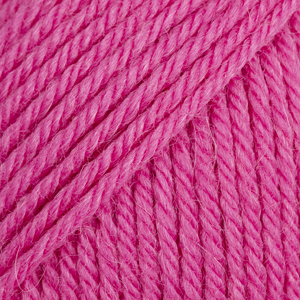




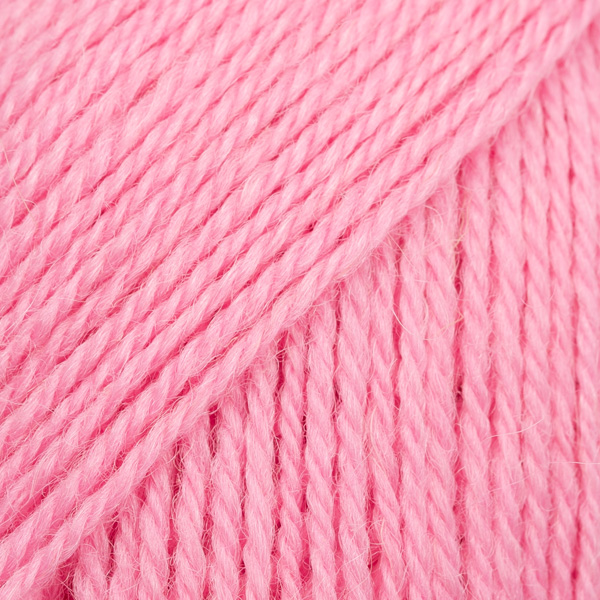






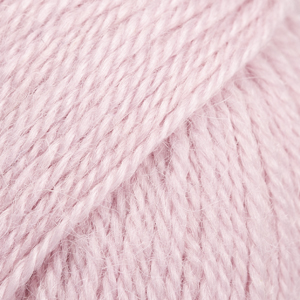







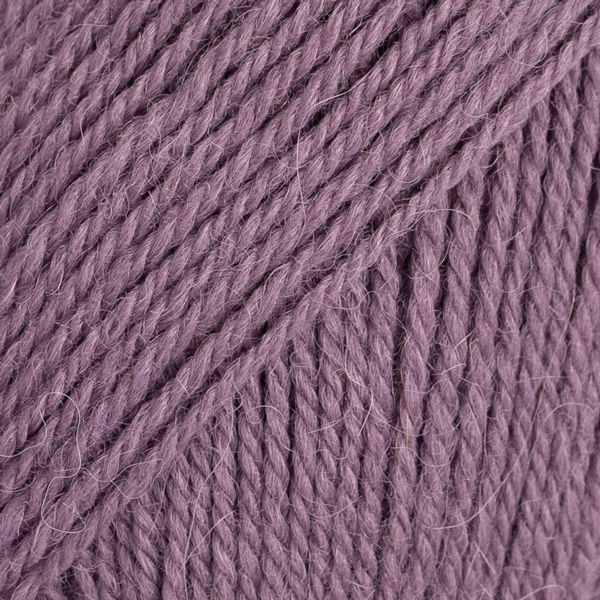


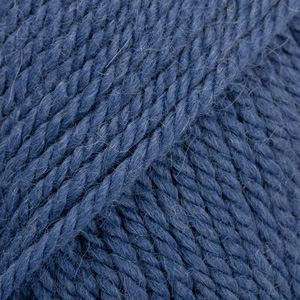

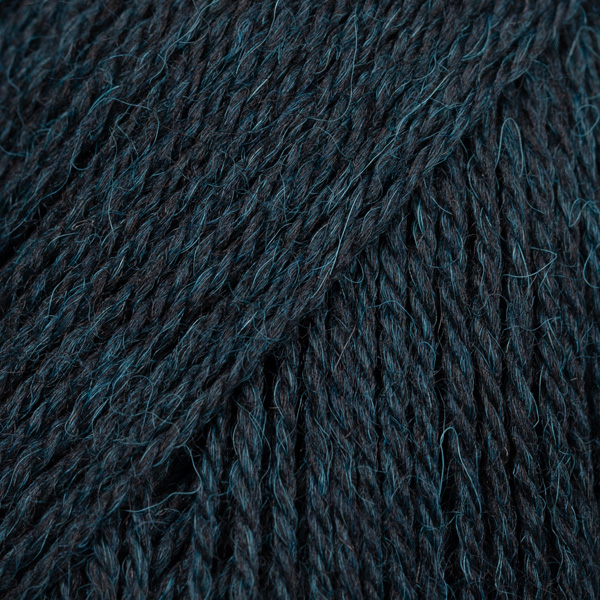















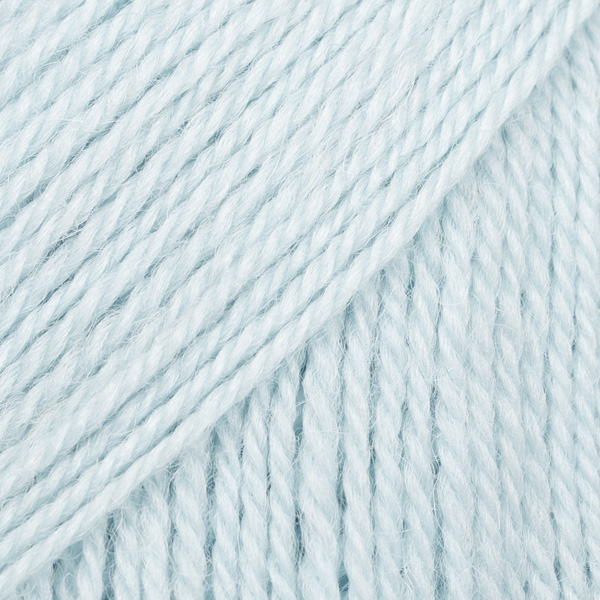






















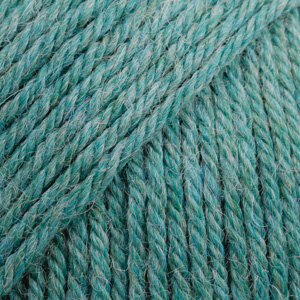






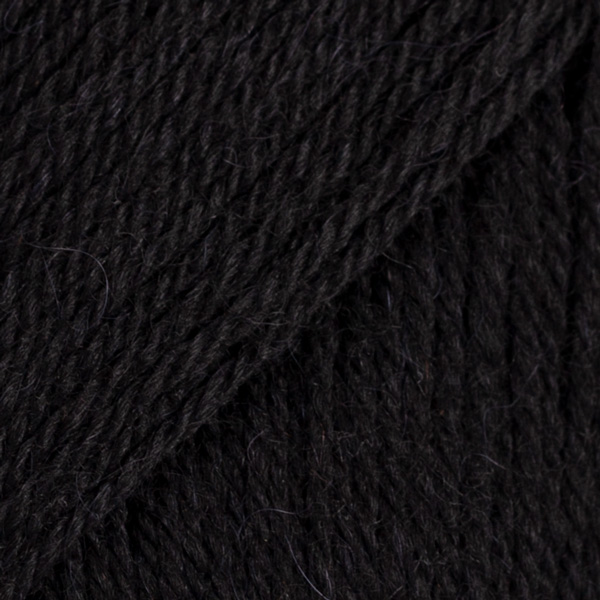

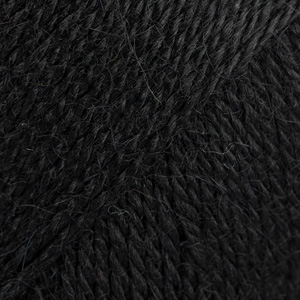















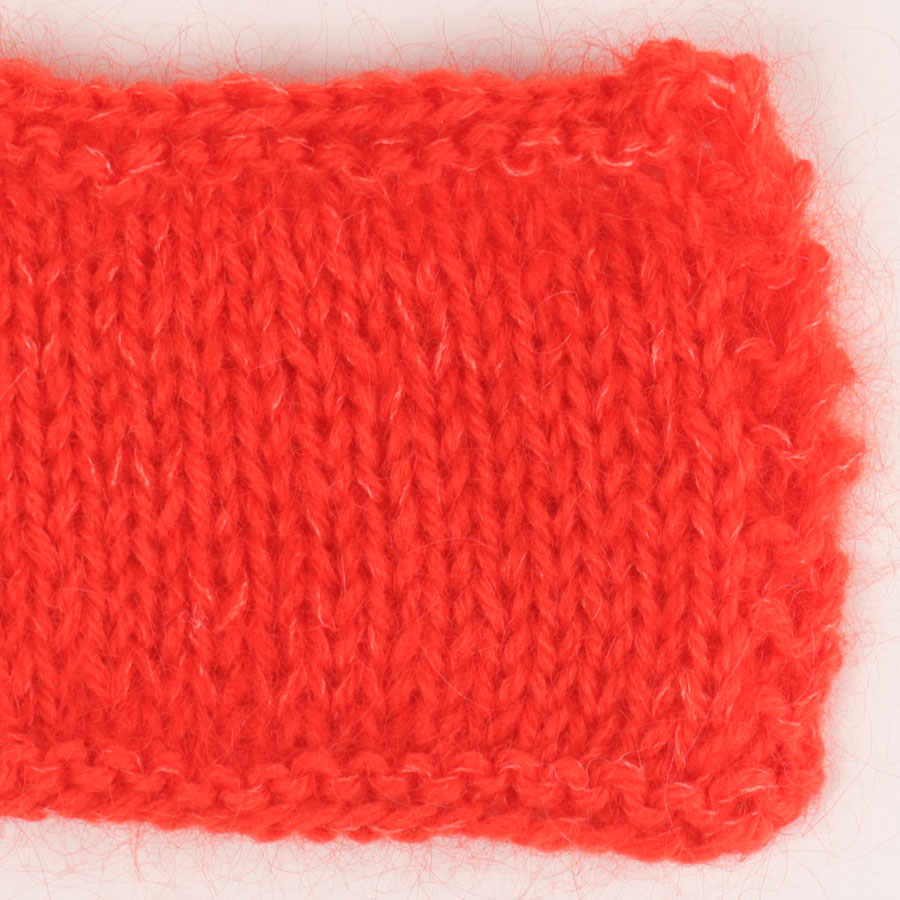
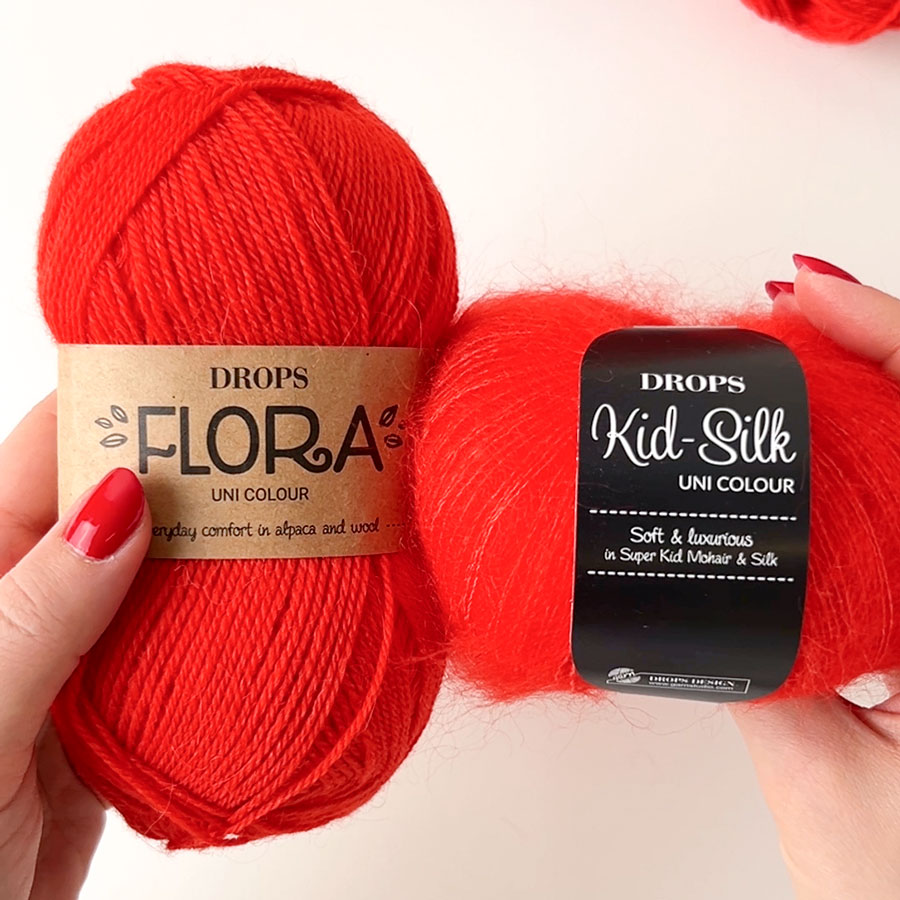
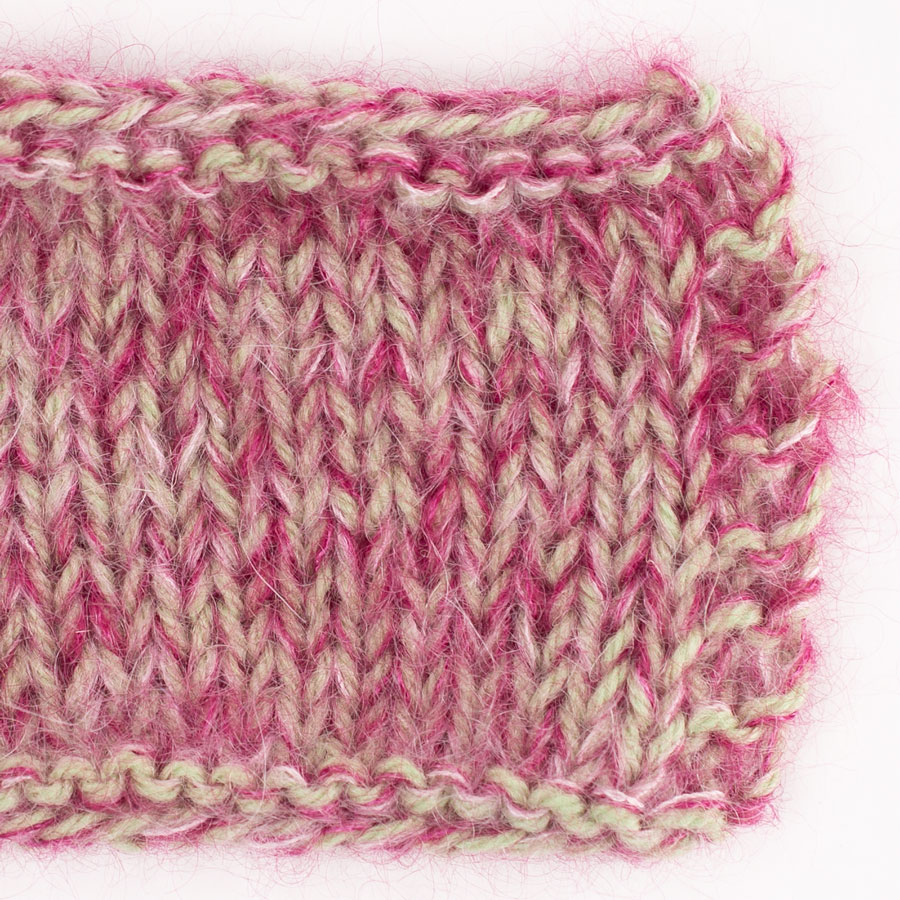
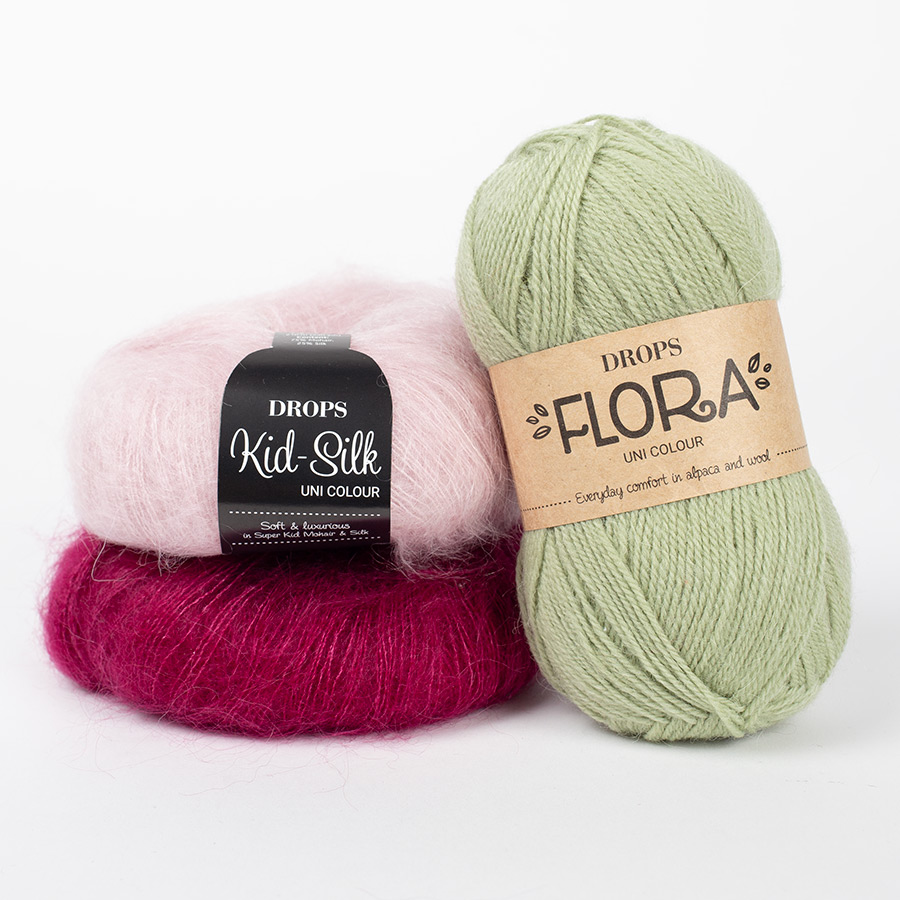
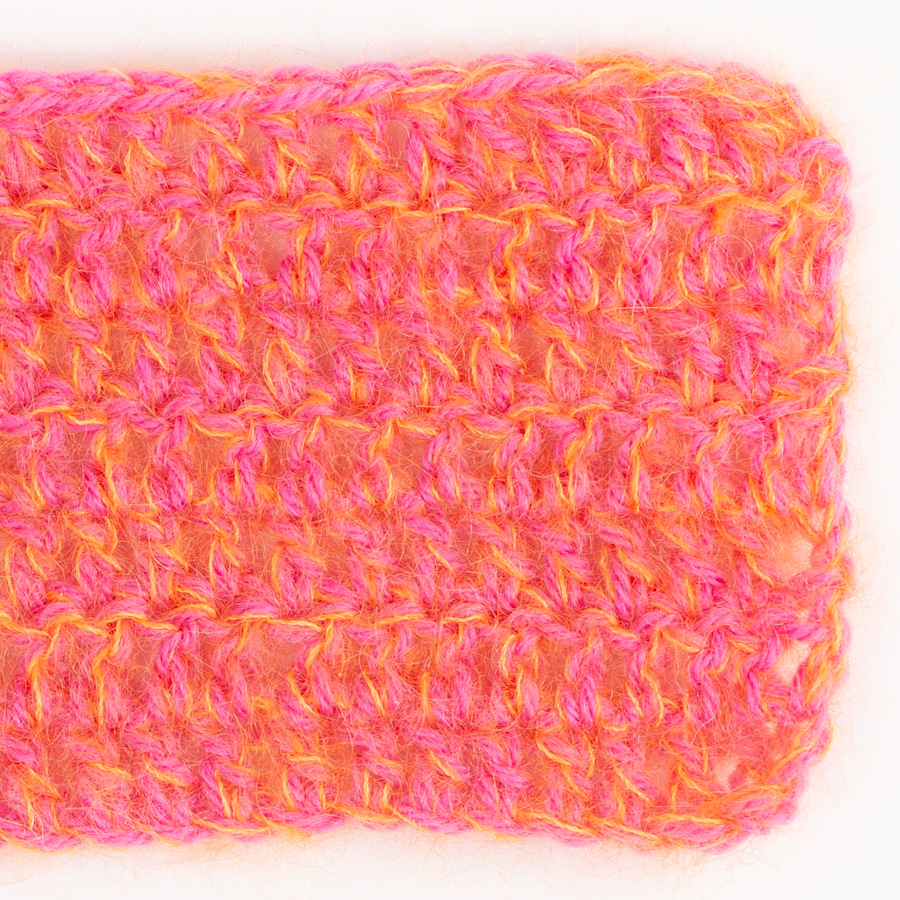

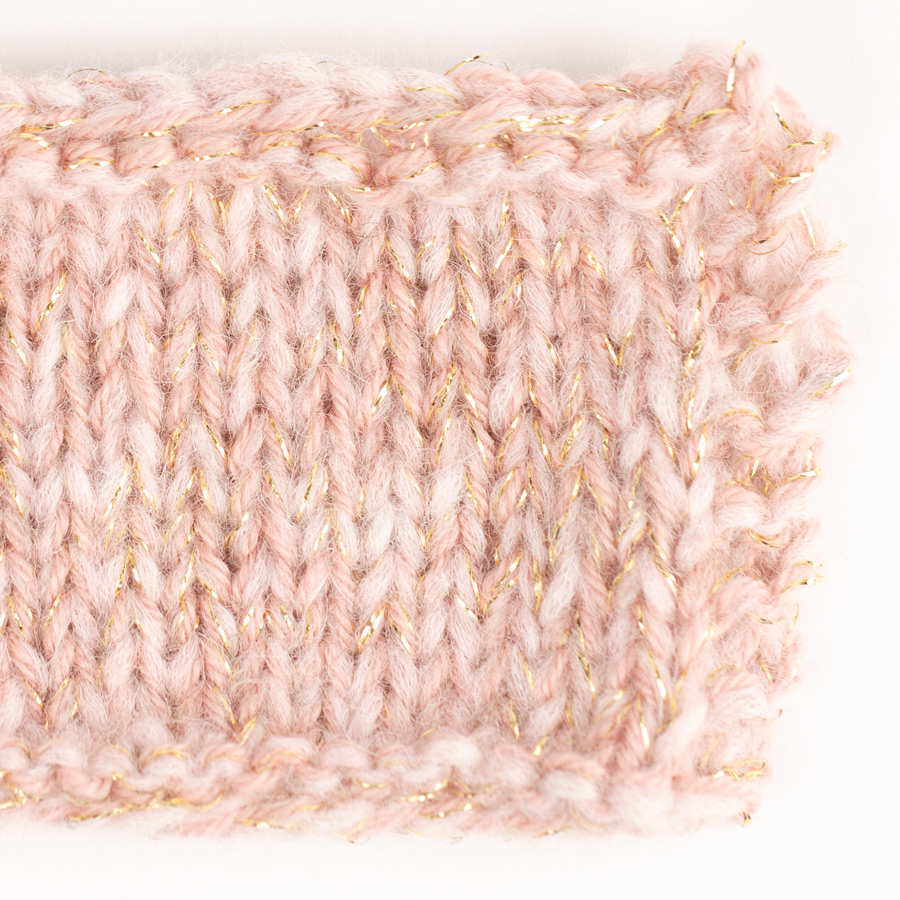
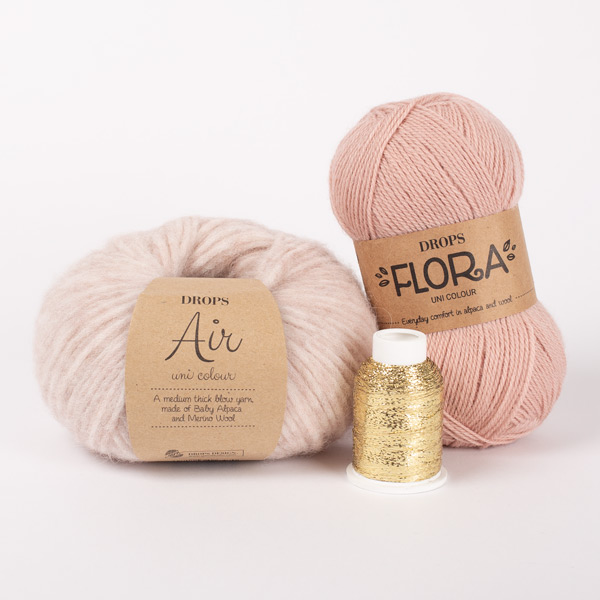
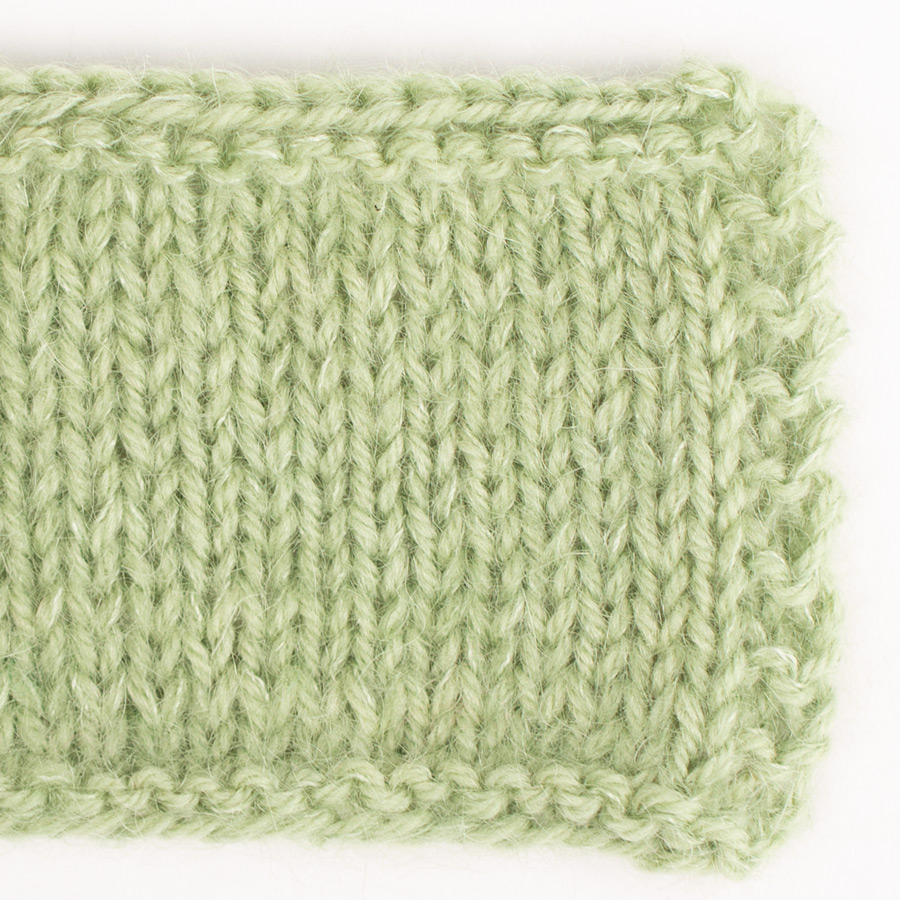
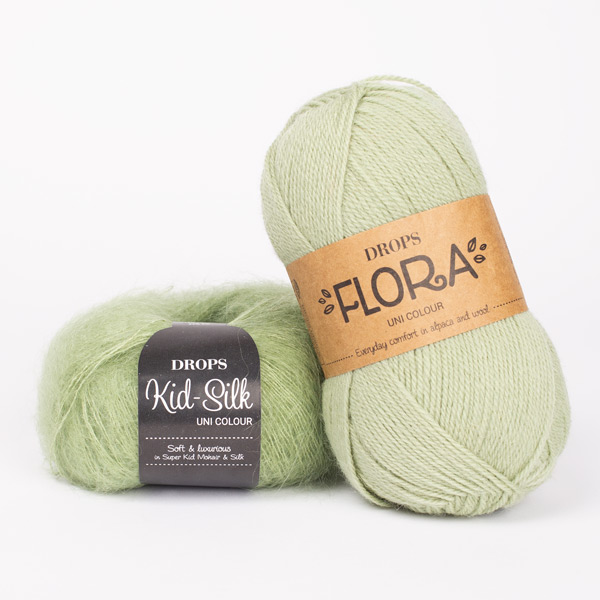
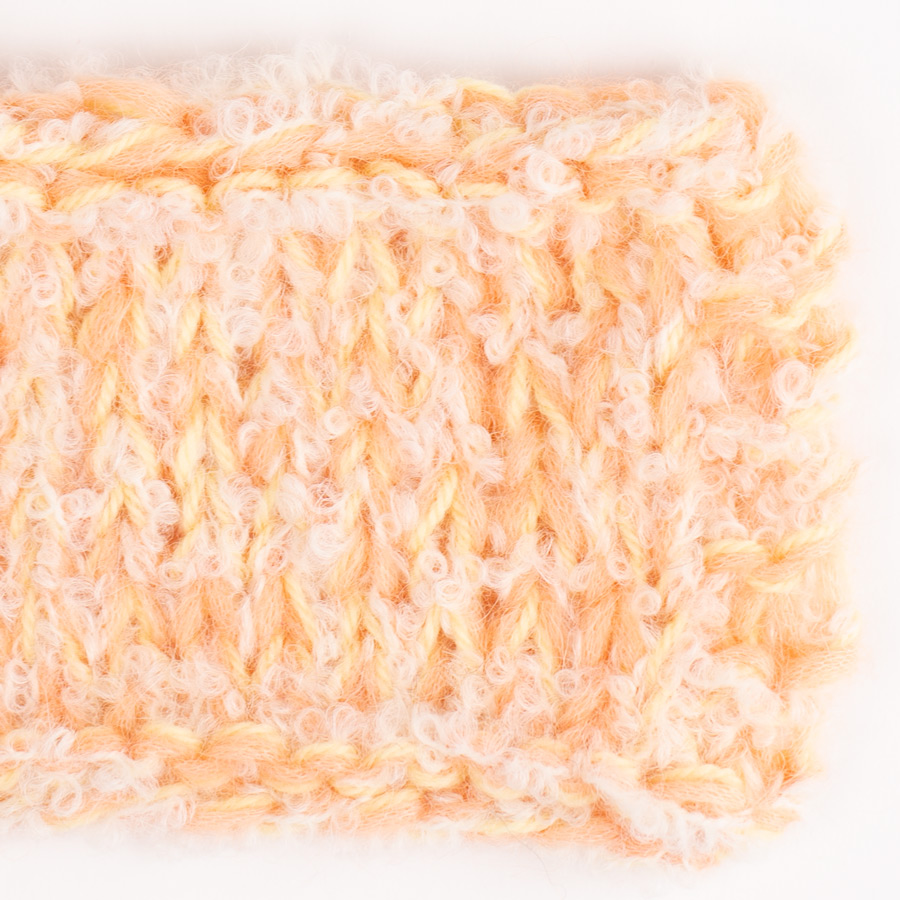
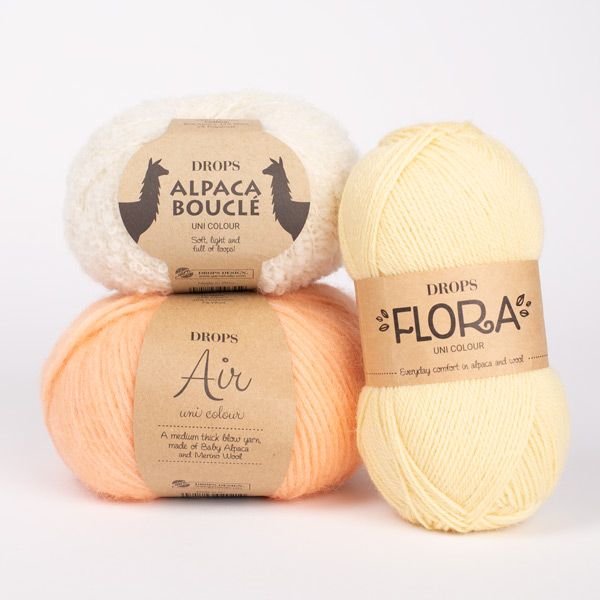
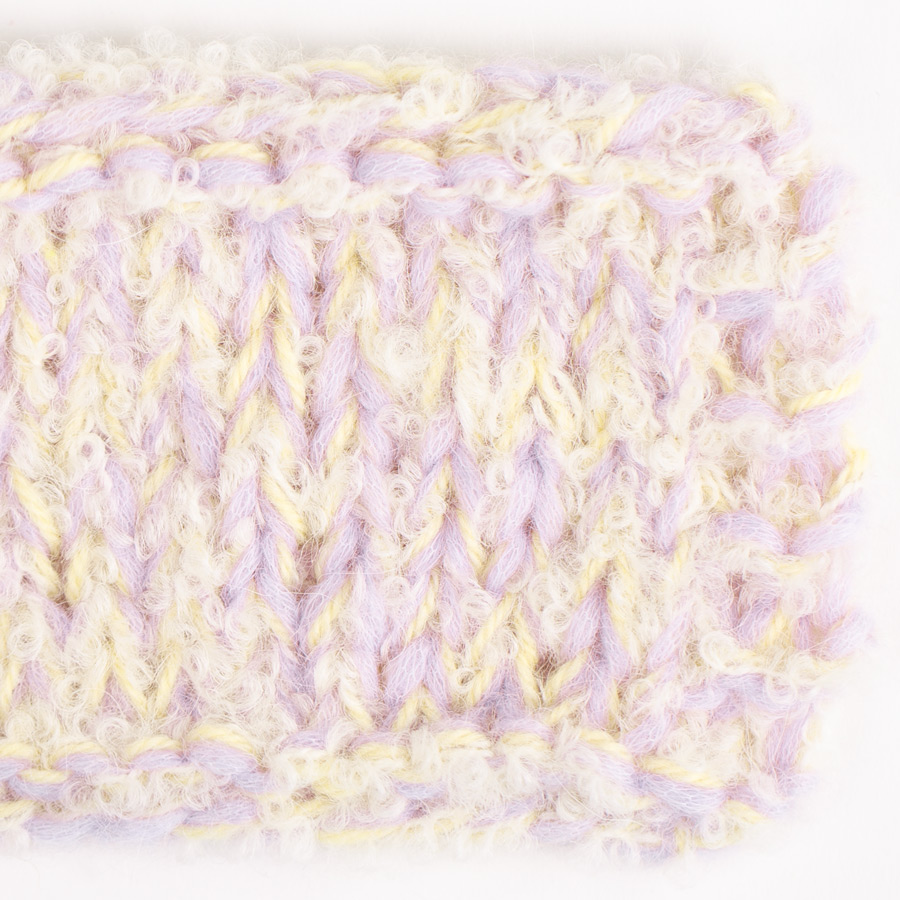
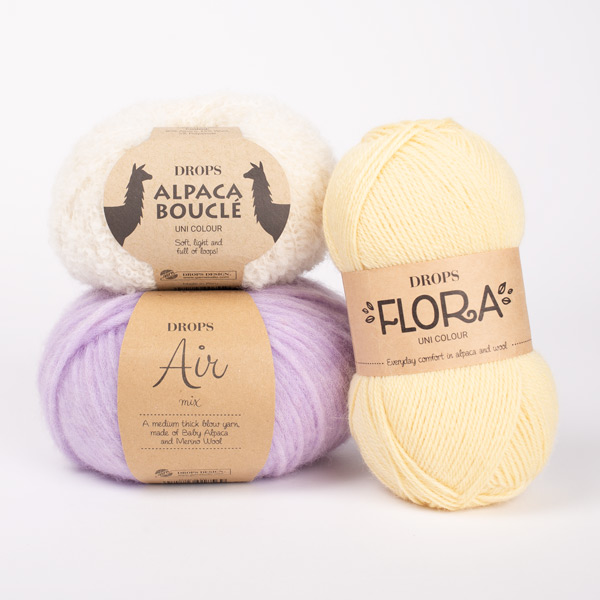

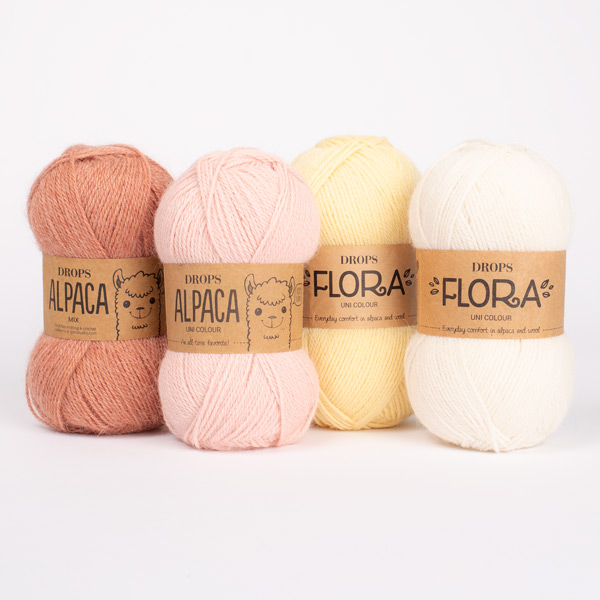














Does Drops Flora become softer after washing? I am knitting a shawl with it and it feels a bit "scratchy", it worries me that it will not be comfortable when next to the skin. I appreciate an answer to help me decide if I should continue with this yarn or switch to another one. Thank you in advance.
29.05.2020 - 16:07